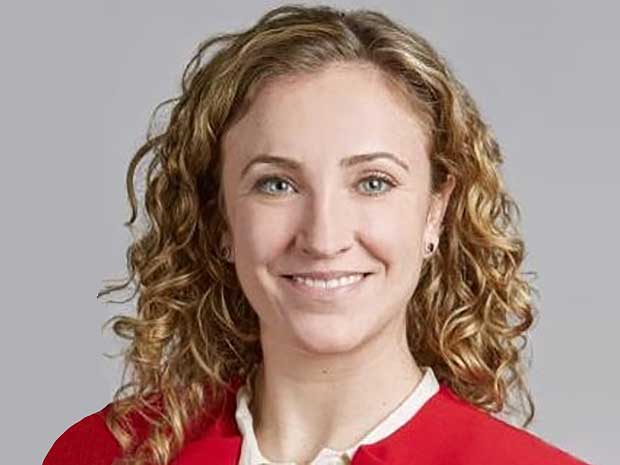Overview
The section 30C credit was first enacted in 2005 and provides a one-time general business credit with respect to each item of QAFV refueling property that a taxpayer places in service and is equal to a percentage of the cost. The credit may also be claimed as a nonrefundable personal credit for qualified property not used in a trade or business (e.g., property used at a residence). The IRA made several amendments to the section 30C credit including:
- Increasing the credit limit and expanding the types of eligible property;
- Adding a eligible census tract requirement for property placed in service after Dec. 31, 2022; and
- Implementing a dual credit rate structure for depreciable property requiring satisfaction of prevailing wage and apprenticeship (PWA) requirements to qualify for a full credit rate of 30%.
The section 30C proposed regulations contain several developments in a few key areas including:
- Determining if property is “30C property” and eligible for the section 30C credit;
- Determining a “single item” of refueling property;
- Determining a “30C project” for purposes of the PWA requirements.
Considerations for determining “30C property”
While section 30C allows a credit for certain QAFV refueling property placed in service by the taxpayer during the taxable year, the proposed regulations introduce the term “30C property” to describe the property that is eligible for the section 30C credit. The proposed regulations define the term 30C property to include applicable property that is comprised of components that are functionally interdependent for the storage or dispensing of a qualified alternative fuel or recharging a vehicle propelled by electricity, but only if the storage, dispensing or recharging is located at the location where the fuel is delivered, or the motor vehicle is recharged. Applicable property does not include real property or buildings and structural components and must meet other requirements related to character, original use and location.
Applicable property may also include integral property that is used directly in the intended function of the refueling property or recharging property and is essential to the completeness of the intended function. The property must be owned by the taxpayer and meet similar requirements related to character, original use and location.
Determining a single item of refueling property
A taxpayer may claim a section 30C credit if it places in service “one single item” of 30C property. Prior to the IRA the section 30C credit was applied by location. This means a section 30C credit may now be equal to $100,000 for each single item of depreciable property placed in service or $1,000 for non-depreciable property. The proposed regulations define a “single item of 30C property” to include:
- Each charging port for recharging property;
- Each fuel dispenser for refueling property; or
- Each storage property.
If property is associated with more than one single item of section 30C property, the proposed regulations provide guidance on how the property should be allocated.
Determining a “30C project” for purposes of the PWA requirements
Depreciable 30C property is eligible for a 6% credit rate. If certain PWA requirements are satisfied the taxpayer may claim an increased credit rate of 30%. In cases of property of a character not subject to an allowance for depreciation (i.e., residential property), taxpayers may claim a 30% credit rate without regard to PWA requirements.
When determining whether the credit rate for depreciable 30C property is 30%, taxpayers must apply the PWA requirements to the “30C project”, to which the 30C property is part of. The proposed regulations provide that multiple 30C properties will be treated as one single “30C project” if the items of property are:
- Constructed and operated on a contiguous piece of land;
- Owned by a single taxpayer;
- Placed in service in a single taxable year; and
- Have at least one of the following factors present:
- Described in one or more common environmental or other regulatory permits;
- Constructed pursuant to a single master construction contract; or
- Financed pursuant to the same loan agreement.
Notice 2024-64
Notice 2024-64 modifies the process for identifying eligible census tracts and identifies the mapping tools that taxpayers should utilize based on whether the file a tax return including a claim for a section 30C credit before or after Nov. 15, 2024. Refer to RSM US’s prior alert New rules impact credit eligibility for EV charging stations and more.
Washington National Tax takeaways
The proposed regulations clarify the rules for determining components of property that are eligible for the section 30C credit and ultimately subject to PWA requirements. Categorizing property as functionally independent or integral part of the 30C property is an approach consistent with those in proposed regulations on the section 48 energy credit and the proposed regulations on the technology-neutral credits under sections 45Y and 48E. Taxpayers with multiple clean energy projects may find the consistent framework for investment-based credits to be convenient.
The proposed regulations also address key topics including the treatment of bidirectional charging equipment; property for the refueling of certain two- and three-wheeled motor vehicles; apportionment of 30C property that is used for both business and personal use; and recapture. The proposed regulations also confirmed a section 30C credit to be taken on the portion of 30C property that exceeds the cost of conventional refueling property.
Taxpayers with multiple items of 30C property should consider the factors for determining whether the property should be treated as a 30C project, especially if construction activities began before Jan. 29, 2023, to understand whether and how to apply the PWA requirements.
Taxpayers should consult with their tax advisors and the resources in the new guidance prior to accounting for a section 30C credit.





